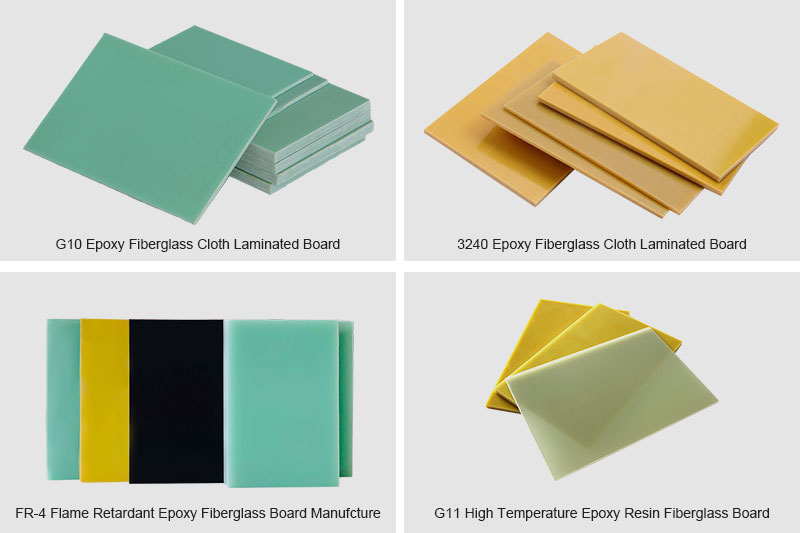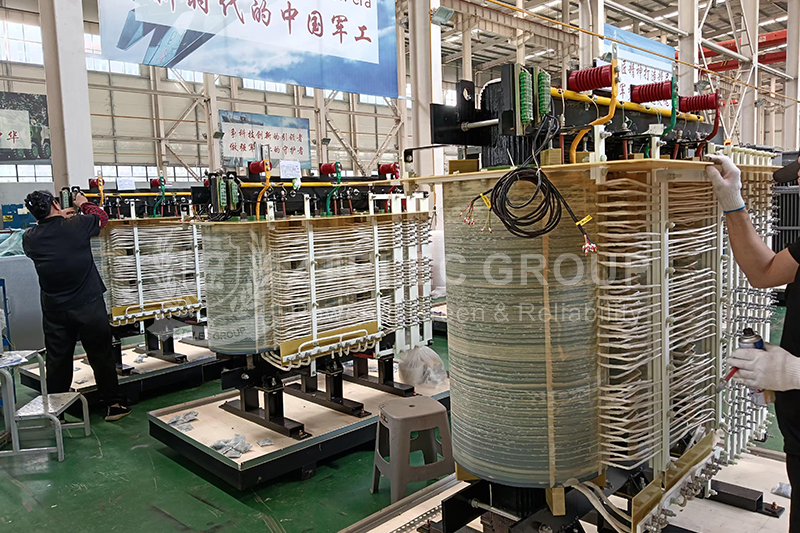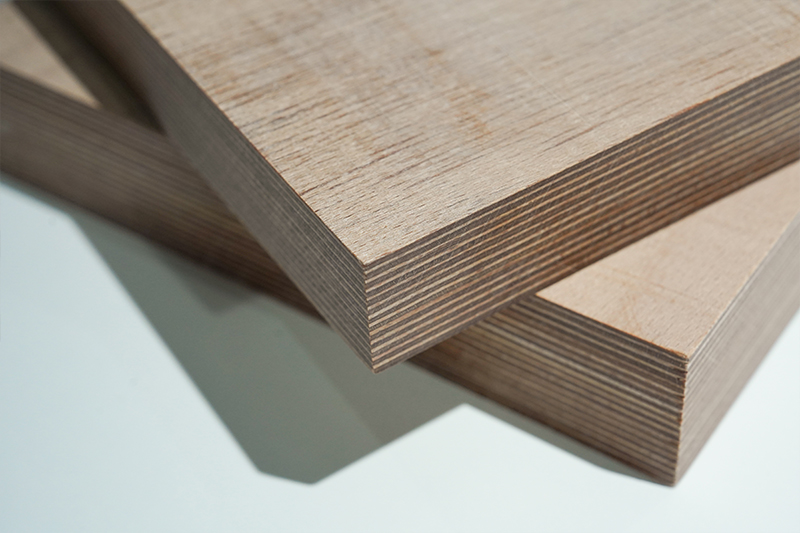Introduction to the Epoxy Sheet used in Lithium-ion Battery
Product Description
The epoxy sheet with excellent mechanical and dielectric properties are made of alkali-free fiberglass cloth impregnated with epoxy resin by hot-pressing process. It’s able to maintain stable electrical performance under the hot and humid working environment. Its flat and smooth surface as well as standard thickness tolerance allow the epoxy sheet to be used for electrical appliances, machinery, apparatus, and electronic parts which have insulation requirements, including a wide variety of switches, reinforcing sheet of the flexible printed circuit (FPC) and printed circuit board (PCB), precise polishing carrier (silicon wafer grinding), precise testing board, insulating strip, separating board, and backing plate for electrical equipment, motor insulating pieces as well as dies and molds etc. The heat resistance grade range of the epoxy sheets are B~H (130℃~180℃).
Types of the Epoxy Sheet Suitable for Li-ion Battery
3240 epoxy sheets under GB/T 1303-2009 standard can be used for the insulation and encapsulation of lithium-ion batteries. The series of epoxy sheets not only can meet the insulating requirements of your products but also has various colors for you to choose. The corresponding types of the epoxy sheet under the National Electrical Manufacturers Association (NEMA) standard include FR-4 (temperature resistance 130°C, black, white, yellow, aqua green ones are available ), G10 (temperature resistance 155°C, color: aqua green), FR-5 (temperature resistance 155°C, color option: yellow-brown and dark green) and G11 (temperature resistance 180°C, yellow), as well as ordinary epoxy sheets (temperature resistance 130°C, color: yellow). The difference between G10 and G11 is that the fiberglass content is 10% and 11% respectively. Therefore, for those who require flame retardant performance, FR-4 and FR-5 can be the best choice.

picture of 3240 epoxy sheets
Li-ion Battery Assembly Process
The Li-ion battery is assembled from battery cells after series & parallel connection, and wire welding. The assembly process of battery cells requires good insulation and isolation of the charged parts, making sure the correct current path. The paper washers needed to be placed when connecting the positive electrodes of the cells in parallel. Meanwhile, the properly cut fish paper and epoxy sheets should also be added to separate each string of cells. After the cells are assembled, the whole battery pack needs to be fixed with insulating sheets. The reason why the epoxy sheet is selected as the outer casing of the battery pack instead of steel or aluminum one is that although these materials are beautiful and sturdy, it is hard to guarantee the well combination of the battery cells. If handed improperly, the battery cells might probably be scratched, which will cause battery leakage and safety accidents. Therefore, the epoxy sheet is very ideal for li-ion battery insulation and packaging.

picture of li-ion battery assembly
- more+releated article
- 2026-01-04Common Power Transformer Faults: Causes, Solut
- 2025-12-312026 New Year Holiday Notice
- 2025-12-31Operation, Maintenance, and Service Life Manag
- 2025-12-30How to Select a 100 kVA–500 kVA Distribution
- 2025-12-29The Impact of NHN NMN Composite Insulation on
- 2025-12-26Practical Application of GPO-3 Insulation Boar
- 2025-12-2510kV Transformer Replacement Timeline: Install
- 2025-12-25Low Smoke EN45545 GPO3 UPGM203 Laminated Board
- 2025-12-24Merry Christmas — ZTelecgroup Christmas Cele
- 2025-12-24How to Select a Suitable 50kVA–500kVA Distri





